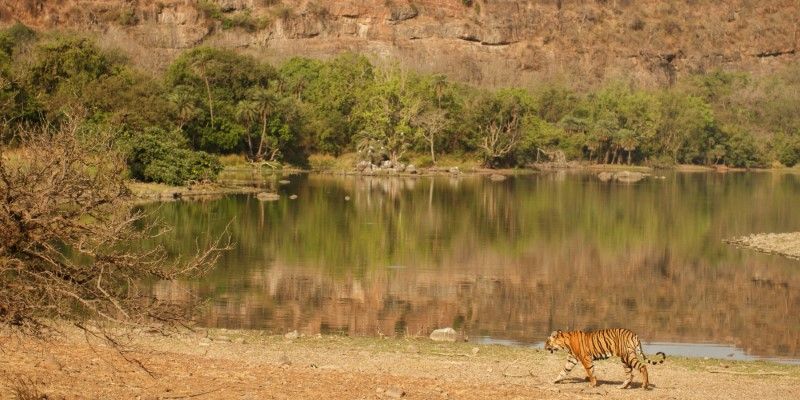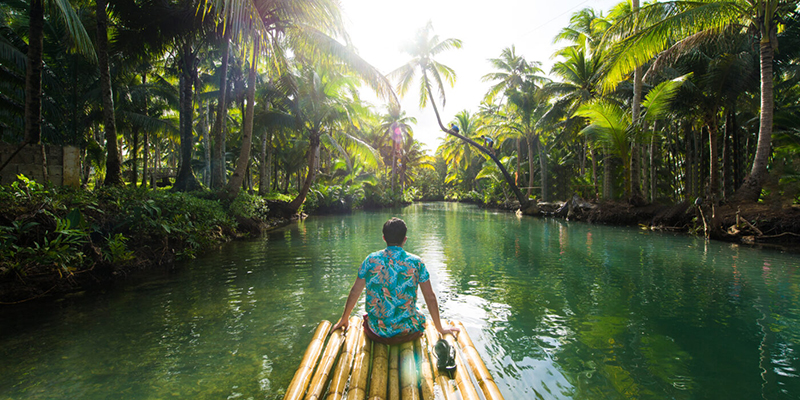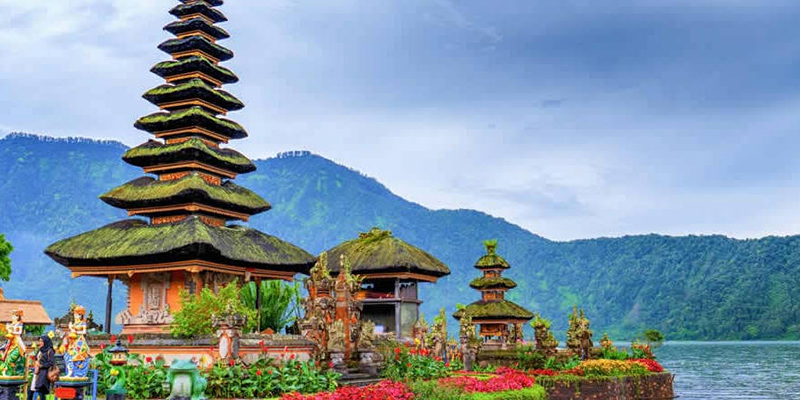Discover The Best Remote Villages In The Himalayas For Authentic Experiences
For travellers looking for serenity, the remote villages of the Himalayas offer a truly authentic experience. Nestled amidst the towering mountains and untouched landscapes, these villages are a world away from the hustle and bustle of modern life. A trip to these secluded spots is not just a getaway but a journey into a more straightforward way of living, where culture, tradition, and nature coexist harmoniously. As tourism grows, these Himalayan villages remain steadfast in preserving their unique heritage and tranquil atmosphere.
Himalayan Remote Villages
The Himalayan range spans five countries: Bhutan, Nepal, India, China, and Pakistan. It is home to some of the world's most remote and hard-to-reach villages. These settlements have thrived for centuries, offering each village unique insight into local life, traditions, and customs.
The rugged terrains and isolation have helped preserve their distinct cultural practices, making these villages a treasure trove of authentic experiences. Unlike the well-trodden tourist paths, the remote Himalayan villages give travellers a rare opportunity to connect with the roots of local culture, interact with the Indigenous people, and experience life as it has been for generations.
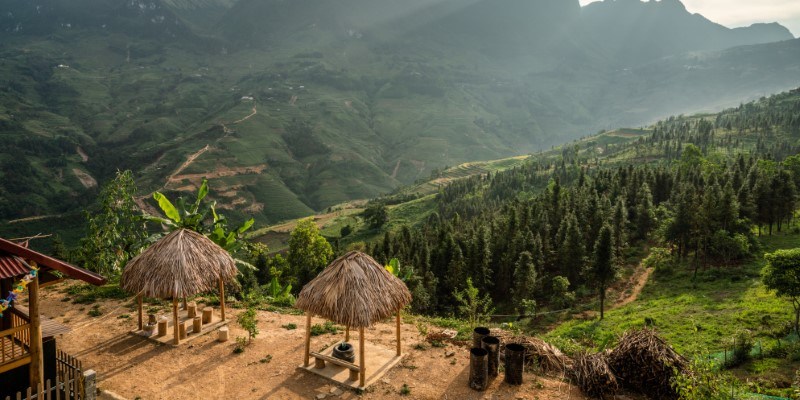
Best Remote Villages In The Himalayas To Visit
Here are some of the best remote villages in the Himalayas Range locating different countries that you need to visit:
Laya, Bhutan
Laya, perched over 3,800 meters above sea level, is one of Bhutan's most remote villages. This village is home to the Layap people, known for their distinct culture, attire, and way of life. Visitors to Laya can witness the women dressed in traditional conical bamboo hats, symbolizing their unique identity.
The village is surrounded by snow-capped mountains and lush valleys, making it picturesque. The Layap community has retained their traditional ways of farming, yak herding, and weaving, offering travellers an authentic look into Bhutanese rural life. Laya can be reached via a multi-day trek, allowing adventurers to appreciate Bhutan's wilderness beauty fully.
Langza, India
Langza, in Himachal Pradesh's Spiti Valley, sits at 4,400 meters and is renowned for its fossil heritage, as the area was once submerged under the Tethys Sea. Visitors can explore fossil sites while experiencing Tibetan Buddhist culture, highlighted by a giant Buddha statue overlooking the valley. Langza's stark, barren landscape contrasts with the lush lower Himalayas, offering travellers a serene, offbeat destination.
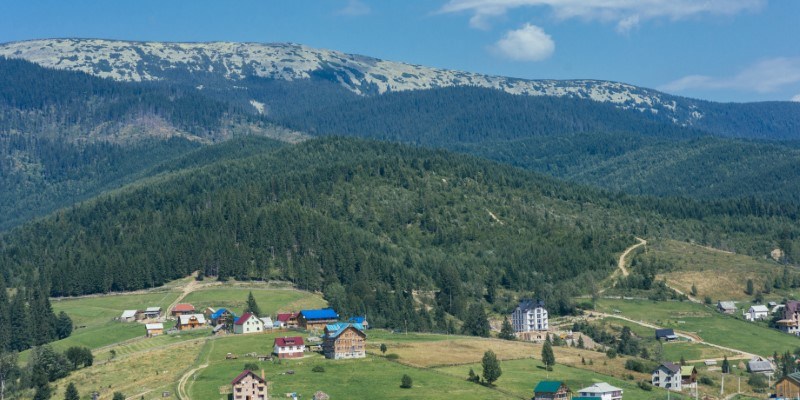
Phugtal, India
Phugtal Monastery, located in Ladakh's Zanskar region, is an ancient, isolated monastery built into a cliff, accessible only by foot. The journey leads through rugged, untouched terrain without roads, offering a deeply spiritual experience. Home to a small group of monks, nearby villages like Purne allow visitors to witness the simplicity and spirituality of monastic life in this remote, serene environment.
Ghalegaon, Nepal
Ghalegaon, a traditional Gurung village in Nepal's Annapurna region, offers stunning vistas of the Annapurna and Machhapuchhre mountain ranges. Known for its community-based tourism, visitors can stay with local families, enjoy traditional meals, and engage in daily activities like farming. With rich Gurung culture and eco-friendly practices, it provides an authentic, peaceful retreat for those seeking adventure and cultural immersion away from mass tourism.
Kibber, India
Kibber, located in the Spiti Valley, is one of the villages with the highest inhabited area in the world, standing at 4,270 meters. The village is known for its unique architecture, with houses built from stone rather than the more common mud bricks. Kibber is surrounded by snow-covered peaks and barren landscapes, offering a stark, awe-inspiring view.
The village is also a starting point for treks to high-altitude passes and wildlife expeditions, as the area is home to the elusive snow leopard. For those interested in local customs, Kibber provides insight into the traditional lifestyle of the Spitian people, who have adapted to the harsh climatic conditions with incredible resilience.
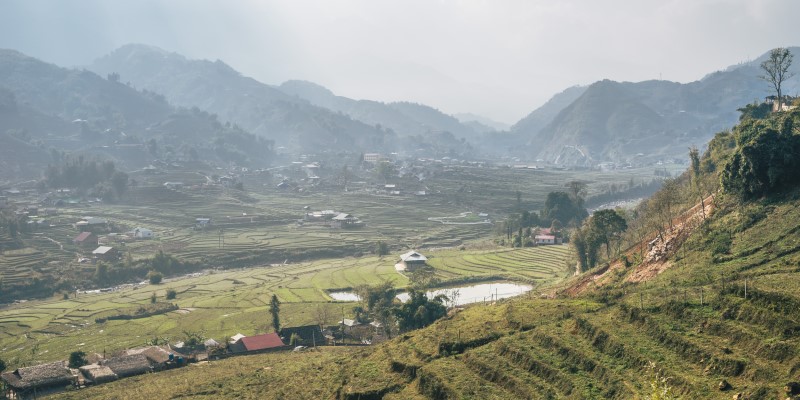
Cultural Immersion And Authentic Experiences
Visiting remote Himalayan villages offers travellers a unique chance to immerse themselves in diverse local cultures. Each town has its language, customs, and traditions, providing rich experiences like participating in local festivals and learning about traditional farming. Homestays are standard, allowing visitors to live with local families and engage in daily activities such as cooking, farming, and crafting.
These interactions support local economies and offer a more authentic cultural experience than commercialized tourism. Traditional festivals, featuring colourful processions, folk dances, and religious ceremonies, offer insights into the villagers' spiritual lives and deep connection with their land and beliefs, making these visits truly enriching and intimate.
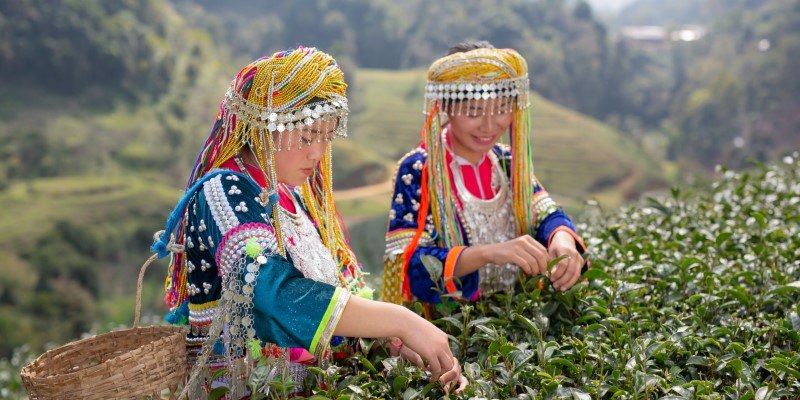
How To Prepare For A Trip To Himalayan Villages
Before visiting Himalayan villages, it's essential to understand the region's diverse cultures, languages, and traditions across India, Nepal, Bhutan, and Tibet. Familiarizing yourself with local customs and learning basic phrases helps build rapport and show respect to villagers.
Physical Preparation
Visiting remote Himalayan villages often involves long treks through rugged terrain. The high altitude and unpredictable weather conditions require travellers to be in good physical condition. To improve endurance, it's advisable to prepare for the trip well in advance and incorporate cardiovascular exercises and strength training. Trekking at altitudes above 3,000 meters can lead to altitude sickness, so it's essential to acclimatize slowly and stay hydrated during the journey.
Cultural Sensitivity
Respecting local customs and traditions is crucial when visiting these remote villages. Many Himalayan communities are deeply spiritual, and visitors should be mindful of their behaviour, especially when visiting monasteries or attending religious ceremonies. Taking easy steps like dressing modestly, searching for permission before photographing, and mastering some fundamental terms within the neighbourhood language can substantially assist in constructing rapport with the villagers.
Packing Essentials
Packing for remote Himalayan villages requires warm clothing, sturdy boots, first aid supplies, and water purification tablets. Expect limited modern amenities like electricity or the internet and basic accommodation. Embrace simplicity and reconnect with nature during the journey.
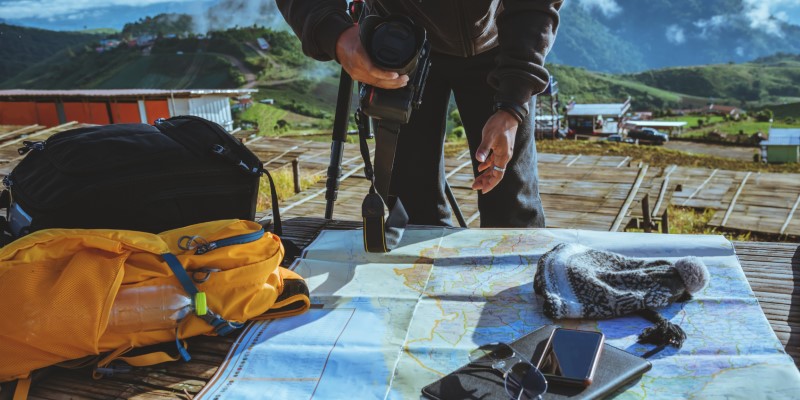
Conclusion
Remote villages in the Himalayas offer more than just breathtaking scenery; they provide a gateway to a slower, more meaningful way of life. From the rich cultural traditions of the Layap people in Bhutan to the spiritual tranquillity of Phugtal Monastery in India, each village offers something unique. A visit to these villages is not just a trip but a chance to experience life at its most authentic. However, these journeys require physical and cultural preparation to ensure that visitors can fully appreciate the beauty and simplicity of Himalayan life.
